As business users often deal with especially sensitive information, there are also some extra security features in Windows 11 Pro. This feature encrypts data stored on your hard drive so no one else can access it. Even if your computer is stolen, your files are protected from users other than yourself. The Home version will suffice for majority of the individuals using Windows at home. The Pro focuses entirely on security and compatibility, and ease of use.
10, called feature updates, are released twice a year as a free update for existing Windows 10 users. Each feature update contains new features and other changes to the operating system. The pace at which a system receives feature updates is dependent on the release branch from which the system downloads its updates. Windows 10 Pro, Enterprise and Education can optionally use a branch that receives updates at a slower pace.
These modes can be managed through system settings, Windows Server Update Services , Windows Update for Business, Group Policy or through mobile device management systems such as Microsoft Intune. Microsoft is yet to confirm the exact Windows 11 Home and Pro differences, though it's currently possible to speculate based on how the Win 10 versions differ. Both versions offer all of the same fundamental features, though, in terms of security, they differ slightly. Win 10 Pro boasts BitLocker device encryption and Windows Information Protection over the Home version. The former allows users to lock a lost or stolen device down, while the latter helps to prevent data leakage. Pro users can get updates from Windows Update for Business, which includes options for scheduling updates so they don't reboot PCs at important business times.
Both the Windows versions come with support for Microsoft Passport, device encryption, side-loading of business apps, and mobile device management. Along with that, both versions can be easily upgraded to Windows 10 Education Edition. Microsoft has offered a Pro version of Windows since the XP days, bringing with it additional features for power users that Home doesn't offer. Here's a breakdown of the most useful features that you get with Windows 10 Pro, as well as free alternatives, when applicable. Rather than classifying as a full edition of Windows 10, "S" is a mode that runs on either Home or Pro versions of the OS. It's designed to optimize security and performance, and it runs only apps that are downloaded from the Microsoft Store and browses the internet through Edge.
Anyone with Home or Pro editions can make the upgrade at any time, but it's not a forced update. You can also switch out of S mode at any time, reverting back to Home or Pro, though you can't switch back once you've gone one way. Most fundamentally, Win 11 Home is unlikely to offer any business management and/or deployment software.
This is the case with the Windows 10 Home version, whereas Win 10 Pro customers gain no less than 10 additional benefits. Some of these include mobile device management, access to the Microsoft Store for Business, and the Windows Update for Business feature. In addition to the security features available to Windows 10 Home, end users on Windows 10 Pro also have the option to use BitLocker device encryption if the encryption protocol is supported by their hardware. Windows 10 Pro users also have the full range of management and deployment options for enterprise customers.
In addition, Windows 10 Pro supports Remote Desktop Connections. The ProfessionalEdition of windows 10, as you may have guessed, includes many extra features designed for businesses. It has basically everything offered by Windows Home, plus extra security and management services. This version of windows 10 is typically purchased in bulk by companies or schools, although sole proprietors and freelancers may also be interested in buying it. Homeis the standard version of windows 10, the baseline package considered for the individual user primarily using windows at home or for take-home schoolwork.
This version contains all the features that Microsoft aims at the wide consumer market, such as the Cortana Voice Assistant(Like Apple's SIRI), Outlook, One note, and Microsoft Edge. Home is still compatible with the windows insider program, but it does limit the security and group management services that other versions of windows have access to. Buy the pro version for the features you will never even need or use for your home laptop. Meanwhile, Windows messes up with the updates irrespective of the version you buy.
Using a Windows with more features is gradually turning like having more features which can fail. Seriously though, bitlocker encryption is only useful for enterprises and companies. Virtualisation might be useful for the odd virtual image which you want to play with but that is it. Let's get one thing straight – both Windows 10 Enterprise and Professional can fulfill the requirements of small and medium businesses. The only difference is the extra IT and security features of the Enterprise version. You can use your operating system perfectly well without these additions.
Migration and deployment tasks are handled really well by the two Windows 10 versions, and they provide the same functionality as far as management and application is concerned. The Enterprise version includes different security features that add to the existing capabilities of the OS. For example, Managed User Experience promotes easy management of everything, from user accounts to connection settings. The Application Virtualization simplifies streaming and app virtualization. The User Environment Virtualization gives you the chance to migrate virtual devices without changing the OS settings.
New security features like Visualization Based Security await Windows 10 Pro users. They isolate specific parts of the OS to prevent modification by malware or viruses. BitLocker, Microsoft's popular encryption software, makes it easy to encrypt removable storage devices and hard drives using various authentication modes. Windows 10 Pro also features Hello, which combines a pin code with biometric data to grant user access to the operating system and other applications. As you can see, for most standard users, Windows 10 Home contains all of the features you'll want or need including the cool new additions like Cortana, Edge Browser and improved Biometric security. Similar to previous versions of Windows, Pro versions of Windows 10 come with features intended for businesses and connecting to professional networks such as Domain Join and Remote Desktop.
This edition of Windows 10 mirrors the feature set of Windows 10 Pro with a few differences. The key difference is that this version of Windows 10 supports workstations with up to 6TB of memory and 4 CPUs. This is the version that is pre-installed on nearly every Windows 10-based device. Windows 10 Home does benefit from being the entry level version of the operating system, however, because new security features and enhancements end up on this edition. Of course, this version also lacks all the hooks to make it a manageable end point for enterprises – that is why it is called Windows 10 Home. Windows 10 Education includes features from Windows 10 Enterprise that are ideal for advanced security, and the comprehensive device control and management needs of today's educational institution.
Windows 10 Education also enables simplified deployment in the education space; this edition provides a direct path for many devices to upgrade from Windows 10 Home or Windows 10 Pro. I have tested this scenario multiple times on hardware that originally shipped with Windows Home and was upgraded to Windows 10 Pro. When prompted, be sure to choose Windows 10 Pro as the edition to install. Several features in Windows 10 Professional are aimed squarely at the business market. Domain join, for example, allows you to bring in your own PC and connect it to the office domain.
Group policy management allows an IT admin to control which PCs do what. Likewise, if your business needs specialized enterprise apps, an admin can lock down the Windows Store to make sure employees get those, and nothing else. There's also the ability to join Azure Active Directory, with single sign-on capabilities. The professional version of Windows 10 includes many extra features designed for businesses.
It has virtually everything offered by Windows Home, plus additional security and management services. This version of Windows 10 is typically purchased in bulk by companies or schools, though you can configure desktops and laptops to include it versus using Home. This edition was introduced in July 2016 for hardware partners on new devices purchased with the discounted K–12 academic license. It also features a "Set Up School PCs" app that allows provisioning of settings using a USB flash drive, and does not include Cortana, Microsoft Store suggestions, Windows Sandbox, or Windows Spotlight. Windows 11 Home requires a Microsoft account and an internet connection to set up, whereas Win 11 Pro does not.
Outside of this confirmed difference, Windows 11 Pro is likely to offer additional security and business features over the Home version. Microsoft has offered Pro versions of their OS since Windows XP. Similar to every other Pro model, the Windows 10 version is designed with business professionals in mind. It includes the core Windows 10 Home OS, but with a handful of additional security, productivity, and business management features. Windows 10 Professional edition is mostly utilized in Office environments were joining a Window's Server domain is required. Window's 10 Pro comes with all the features of Window's 10 Home.
It functions like Group Policy Management, Bitlocker Encryption, Remote Desktop, Hyper-V, Azure ability to join Active Directory, enterprise data security, Windows Update for service, etc. You can also check another post like best remote access software. Many home users were offered the option to upgrade to this new operating system as early adopters so many people upgraded for free when they had the opportunity. But many Windows users also chose to stay on the older versions such as Windows 7 and Windows 8.
Also, many business-class customers chose to wait to upgrade their operating systems with their hardware. There are still substantial numbers of Microsoft customers who have not upgraded to Windows 10. Upcoming changes in other Microsoft Products will soon guide more users into an upgrade. Here are the differences between the two main versions of Windows 10, Home and Pro, which should help anyone planning an upgrade to make an informed choice.
Through the above instruction, you know the extra features in Windows 10 Pro are really designed for businesses. The benefits of the Pro version focus on security and compatibility. However, the value of these features will come down to whether you actually need them or not.
If most of these features are meaningless to you, that's no surprise. Windows 10 Home features can suffice for the vast majority of users. If you just want to browse the web, do a little work, and manage their media files, it's already quite good. Win 10 Pro is a bit more expensive than Win 10 IoT, because it's a more adaptable operating system. It's designed to be applicable to lots of different scenerios, with only light or no customizations needed. Win 10 IoT Enterprise is for specific, dedicated applications, where an automatic update could cause serious interruptions in your workflow.
Win 10 IoT is built for IT professionals, whereas Win 10 Pro can be more easily used and managed by your whole staff. If you need re-imaging or to re-install the OS with no license headache, Windows 10 Pro is probably better for you. Licensing on Windows 10 Pro is straightforward as there is a 25 character product key that can be typed in to re-activate the hardware after any re-install. Windows 10 Pro includes access to business versions of Microsoft Services, including Windows Store for business, Windows Update for Business, Enterprise Mode Browser options, and more. These versions include extra features to buy and upload content in bulk. Options like Virtualization is what Pro version making unique with Home version, including Remote Desktop Compatibility, Client Hyper-V, shared PC configuration and more are also on hand.
Of course, the bulk of the differences between Home and Pro editions of Windows 11 are for businesses. Most device management capabilities aren't available in Windows 11 Home at all. Windows 11 Pro, however, supports things like Group Policy, which lets IT admins configure certain policies for groups of devices in one go. There's also Windows Update for Business, which lets companies control how updates are rolled out to their users to avoid unexpected issues. Another difference that will be noticeable for business users is that Windows 11 Home PCs can't be joined to Active Directory. Active Directory solutions are necessary for managing business devices, such as configuring access to certain resources, deploying apps, and so on.
Those are all professional tools, so they don't make sense for most Windows 11 Home users. The least expensive of the Windows operating systems is Windows 10. It's $139.00 and designed for the home or consumer user that doesn't need the advanced features that the Pro version offers. Other features like group policy management, Assigned Access, and the ability to join a domain are unlikely to be very useful outside of the workplace.
Assigned Access allows an admin to lock down Windows and allow access to only one app under a specified user account. Group Policy meanwhile allows you to restrict access to any number of Windows features and configure any setting within the operating system. While this is great from an admin perspective and a good way to set a co-worker's wallpaper to something fun remotely, it's not very useful in a home environment. Hyper-V is a Windows-only hypervisor used for running virtual machines on CPUs that support virtualization.
While Hyper-V is included with your Windows 10 Pro license, it needs to be downloaded and installed separately. If you're concerned about security and want to protect your data from intruders, or you're coming from MacOS and want something comparable to Apple's Filevault, you'll want to spend the extra money on Pro. Bitlocker provides full disk encryption so you can keep your data safe from hackers. The latest iteration of Bitlocker also allows for the encryption of individual files for more flexibility than the all-or-nothing approach of previous versions. Again, other software can accomplish similar encryption, but it's not built into the OS. Be sure to get an SSD that supports the necessary hardware acceleration for Bitlocker if you don't want to lose performance.
The Professional edition of Windows 10 comes with advanced features and functionality, making it the perfect replacement for outdated OS among entrepreneurs and small businesses. Everything, from improved security to easy migration, is offered in Windows 10 Pro. Mobility is key in the small business world, and Windows 10 Pro excels in this department. The new OS can be used across different devices, from laptops and smartphones to hybrids.
Perhaps most notable is Windows Update for Business, Microsoft's free service that's available also for Windows 10 Enterprise users. Windows 11 Pro version will almost certainly offer a set of enhanced security features compared to Windows 11 Home. Expect to see to BitLocker device encryption and Windows Information Protection baked into the Pro version. These haven't appeared in any prior Home version and we wouldn't expect anything different here. While Windows 10 Pro boasts many additional features, the most significant difference is the suite of business management tools it provides. This includes the ability to lock down specific features, join a domain, and turn an out-of-the-box PC into a fully fleshed machine in minutes.
Are you trying to figure out which version of Windows your small business should use? There is an edition of Windows software designed to meet the needs of every organization, from small, growing business to a multinational enterprise. For most business people, it comes down to two; either Windows 10 Enterprise or Windows 10 Professional. Both offer a wide array of powerful features for business needs, all wrapped in a secure package. One of the most significant additions is the powerful BitLocker, which offers much more comprehensive encryption support compared to Windows 10 Home. Another notable security feature is the Windows Update for Business service, which is aimed at enterprise users and IT administrators.
Then there is the added security in the form of Device Guard and Secure Boot, both of which are absent in the Home edition. The Windows 10 Home edition is light on professional and business features, choosing to shed some extra security but offers the familiar Windows experience most users are after. Azure Active Directory helps you manage user identities and create intelligence-driven access policies to secure your resources.
It's built to work for apps in the cloud, on mobile, or on-premises to help protect users and your business. The Windows 10 N and Windows 10 KN editions have had media-related technologies stripped from the OS. This includes features such as Windows Media Player, apps such as Groove, Movies & TV, Voice Recorder and Skype. Instead the end user of these two editions of Windows 10 must install other software to regain that media functionality on their devices. That means it will be missing some of the more advanced features of Windows 10 Education, which is based on Windows 10 Enterprise, but will still offer advanced security and some remote management capabilities.













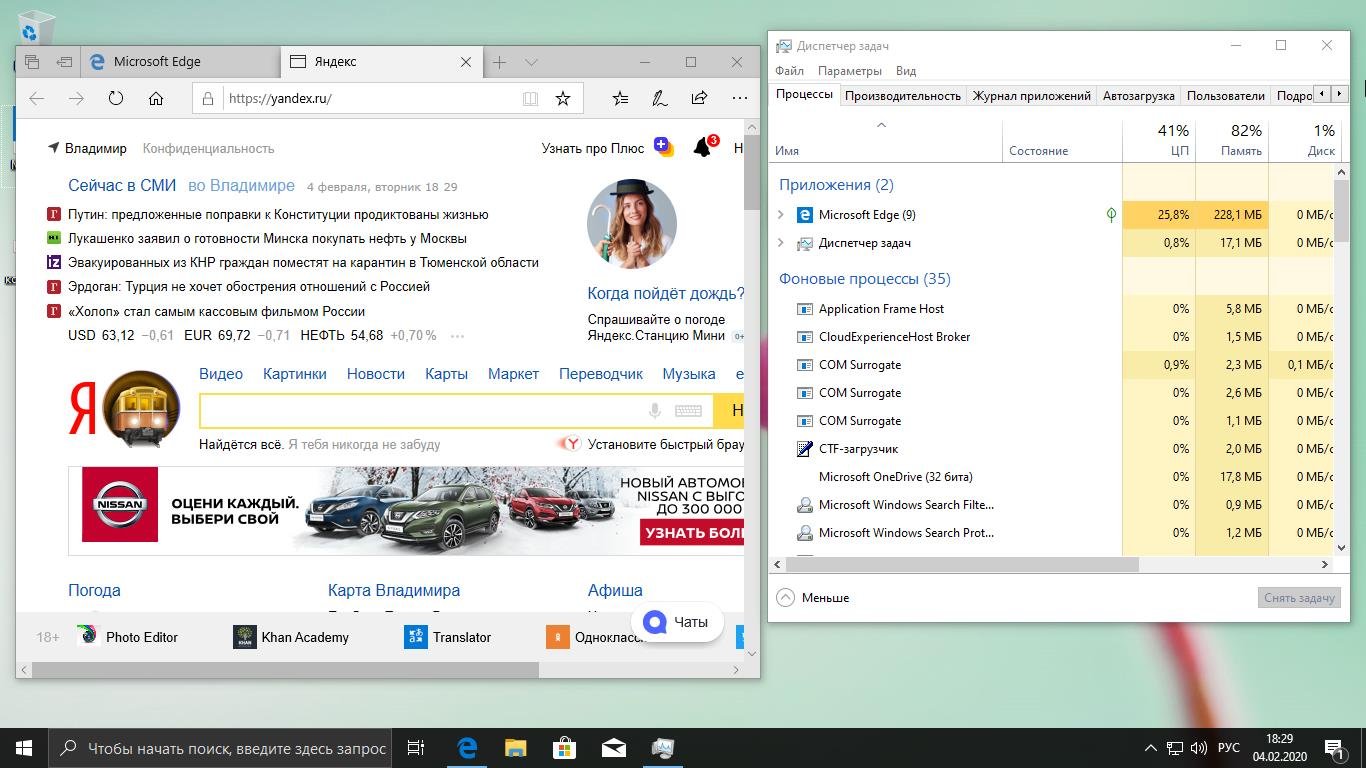
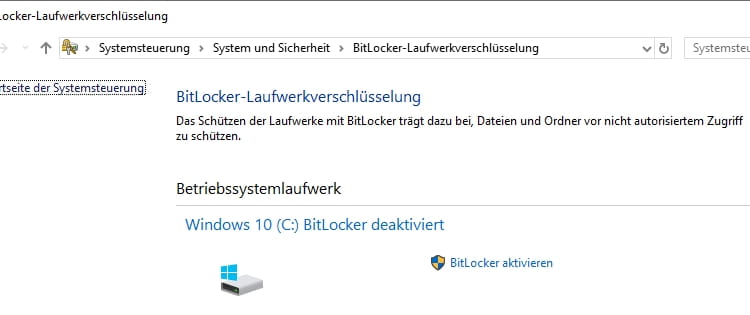





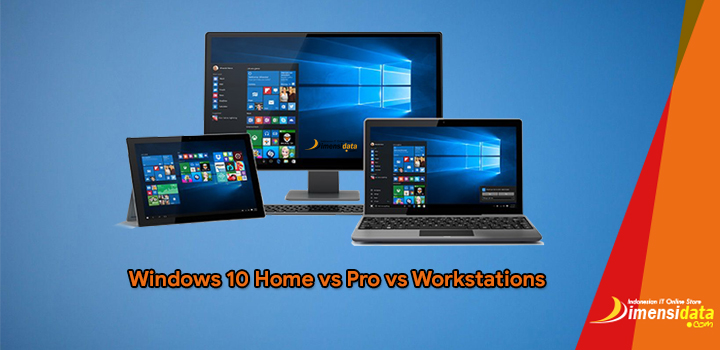

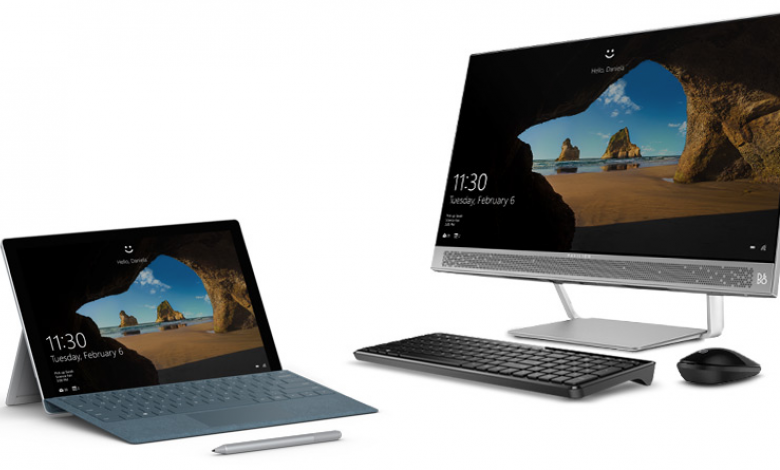

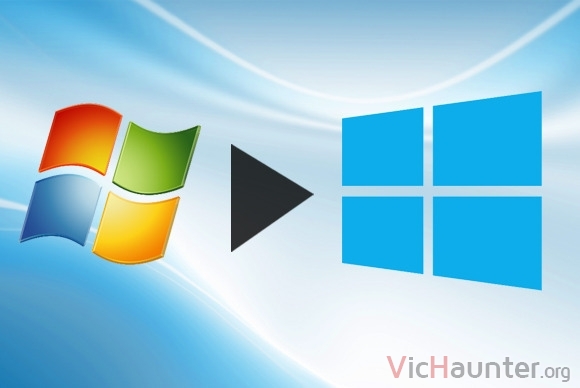


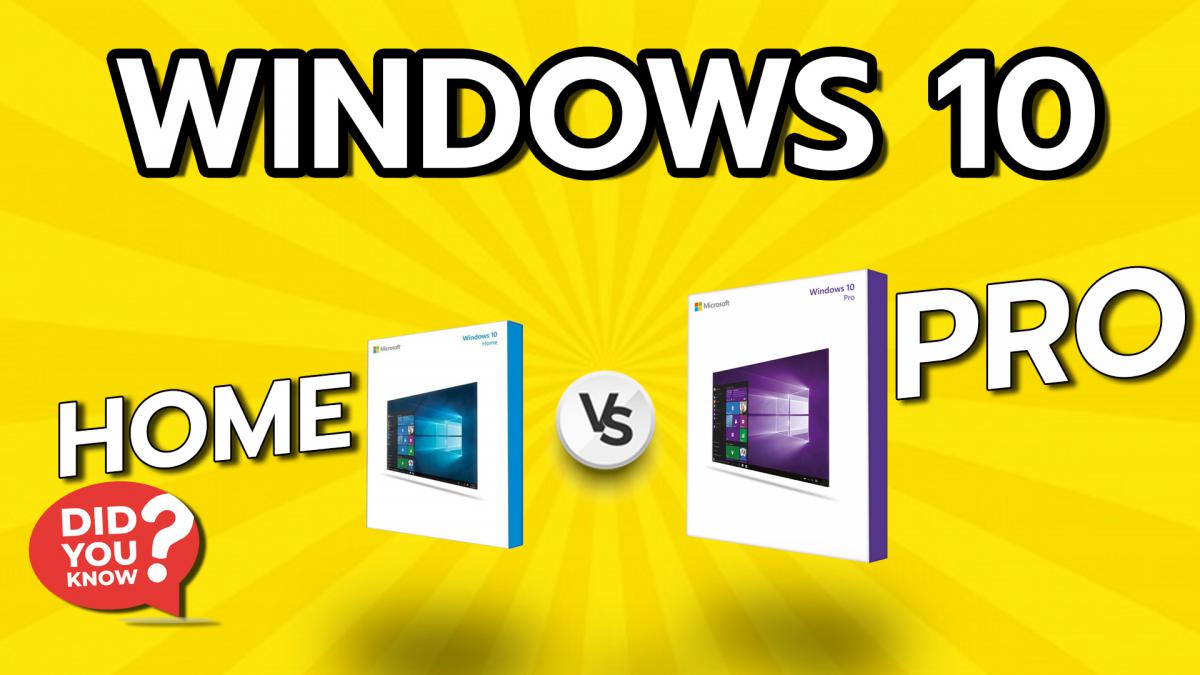


No comments:
Post a Comment
Note: Only a member of this blog may post a comment.